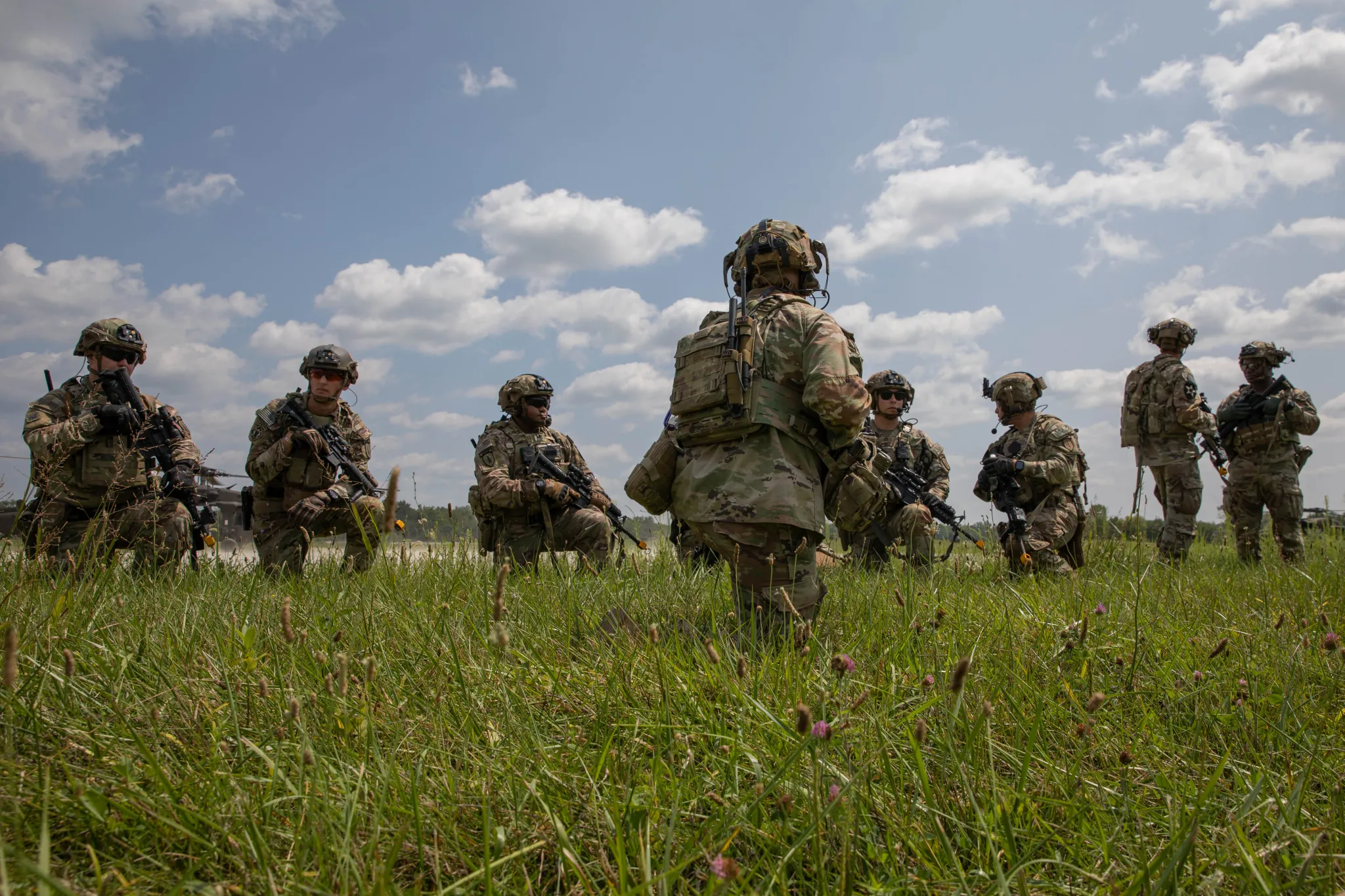The Strategic Shift for the U.S. Army: Force Distribution and Its Ripple Effects
The U.S. Army faces a major challenge as it shifts from the COIN wars of the past twenty years to the competition with multi-polar authoritarian powers and movements.
We have entered a new world. As my colleague, Dr. Harald Malmgren has put it:
Although the U.S. has labelled this as an era of great power confrontation, the world is accustomed to such an idea throughout much of the history we have lived through.
“But it has been thought of as a binary choice, one between democracy and communism in the time of the competition with the Soviet Union and during the world war, between freedom and totalitarianism.
“We do not face such a choice currently.
“The United States has developed a powerful global military but the Russians and Chinese, to mention the two primary global competitors, are not prepared for an all out military confrontation with the US.
“Instead, working together, they are focused on avoiding direct confrontation while engaging in a in a multiplicity of disruptive military, political and economic activities globally which erode U.S. strength and prevent decision makers from harnessing U.S. military power in a focused confrontation with its adversaries.
“For example, Russia is using widely deployed mercenaries armed with economic tools to reduce dramatically the influence of France and the U.S. in large swathes of Africa.
“While China uses an aggressive array of bribes and threats to reshape the politics of the various sovereign nations throughout the Indo-Pacific area, the U.S. does not have in place official government institutions to counter this wide array to micro manipulations and interventions.”
The Army like the other U.S. services need to compete in world being shaped by authoritarians who contest the “rule-based” order but not simply gearing up for a binary war. To deal with the threats posed by peer competitors – and these are not just big powers – the Army needs to distribute force. To deal with the non-binary competition and to be able to operate globally in situations not of our choosing, to remain relevant the Army needs to shape force mobility for its operational forces working closely with allied or joint forces.
This is not simply about force structure re-design; it is about significant culture change.
Recently, I talked with Joseph Waid, a former active-duty Army officer now in the reserves who recently joined Desapro precisely because of the cultural shift the Army is undergoing and how he viewed the ripple effects of that shift for the support market.
Waid described the impact of the cultural shift on the requirement for force mobility.
“In the COIN operational environment, our high-value communications and electronics equipment were kept in one central location for very long periods of time.
“The challenge is now to create mobile equipment for mobile operations. And to the point that the challenges are world-wide and often of a pop-up nature, our mobile communications and electronic equipment needs to be able to be deployed in wide-ranging climatic and operating environments.
“And our electronics now have to be EMI hardened because of the nature of the threat environment.
“And because when we operate in a discrete global location, our equipment has to be integratable, the servers and the casing for the equipment needs to be the same. You can not have separate coms and EW systems for different platforms – they need to work with common systems and support equipment delivered to the point of operations which are going to be distributed.”
And this strategic shift explains why he came to Desapro.
As he put it: “With this kind of force mobility driving the future of operations and the force, a key ripple effect is clearly on transporting the equipment supporting the force.
“And to be mobile, we need to lighten the packaging which protects and holds the communications and electronic equipment critical to advanced warfighting. Desapro builds customized aluminum cases which are typically 40% lighter than cases molded in plastic.”
In short, the strategic shift in warfighting in the new era has significant ripple effects in how to support the force.
Featured Photo: Soldiers assigned to 3rd Security Force Assistance Brigade, pull security for a UH-60 Black Hawk helicopter during Operation Combined Victory, on Camp Atterbury, Indiana, Aug. 18, 2023. (U.S. Army Photo by Spc. Molly Morrow)
See for example, the Command Post Integrated Infrastructure program of the U.S. Army:
Army looking to industry to provide options for mobile command posts

